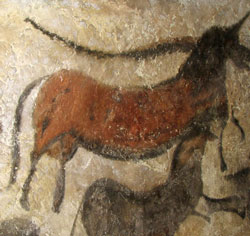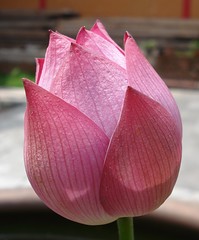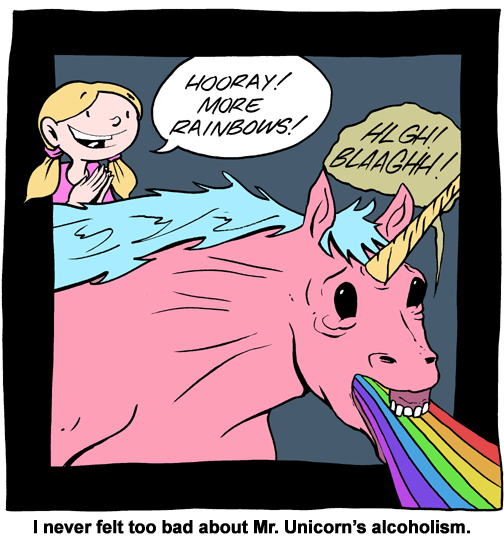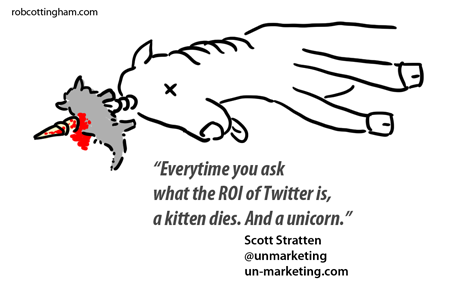In ancient India, Unicorns faced an existential crisis. Not the kind where you doubted your role in life, but rather, the kind where your whole species was in danger of being turned into aphrodisiac soup.
Hence, the species of onus cornu moved west, where human civilization had yet to reach the dizzying heights it had in the east. There were signs of cities in the Levant and Greece, so the unicorns pushed on into Paleolithic Europe, settling in glades, glens and flower-bedecked forests throughout the continent.
At first, relations were a little rocky. The stone age humans living in Europe at the time found the unicorns a little stuck up, to be honest. They especially didn’t like how easy it was for unicorns to kill the dragons that had been plaguing the continent since the end of the last ice age. Then they realized, “hey, no dragons eating our virgins and defiling our young men,” (as everyone knows dragons are wont to do).
Thus began the Golden Age for the unicorns. Humans lived in peace with the golden-horned quadrupeds, even after it became apparent that the male unicorns were overtly fond of female human virgins of breeding age. (You see, it’s not just fundamentalist religions that are preoccupied with virgins, and there is a good reason for this: procreative Darwinian magic.) And to be fair, the male unicorns didn’t seem to mind if occasionally one of their female unicorn foals had it off with Thag the Caveman. (Who was known amongst all cave men as a degenerate of the first order, later defined by the historian Prudendus as unicornus humpus.)
Occasionally, there would be incursions of dragons, and the humans would help the unicorns drive them off, mostly by acting as bait.
Yes, it was an age as golden as their horns. But that was all about to change, as civilization extended its bony claws into this Eden, in the form of Metal. (Not the mullet-thrashing, head-banging kind, but the kind that helped you kill unicorns from a distance.)
A Brief History of Unicorns
Part One: Getting Biblical
Part Two: Vedic Culinary Prescriptions
Part Three: The Golden Age of Unicorns



